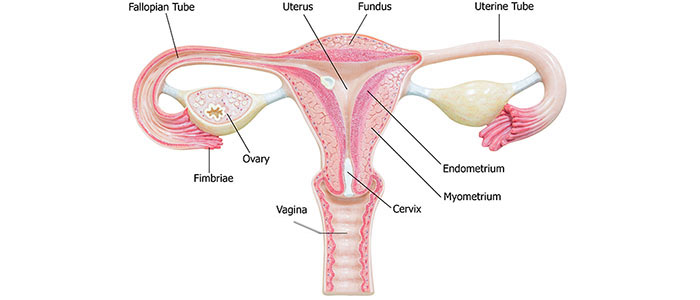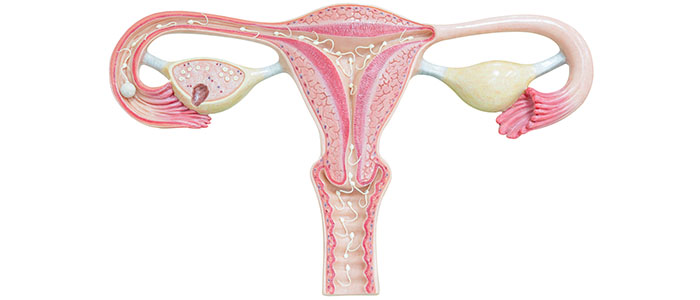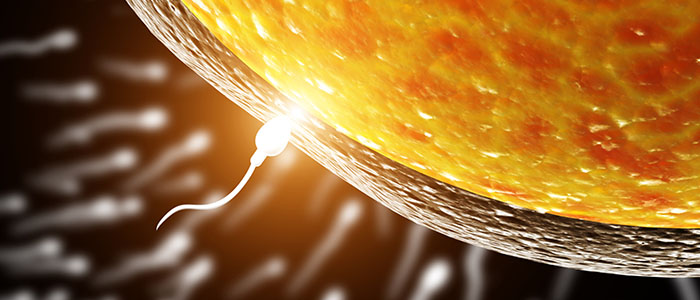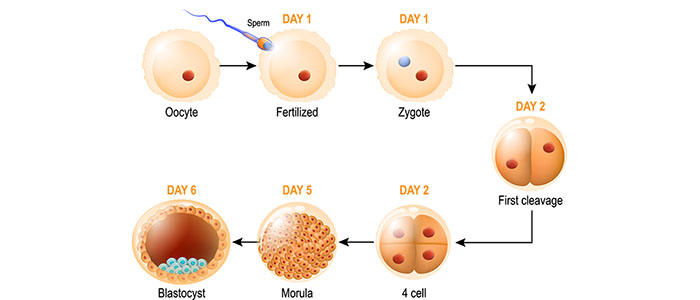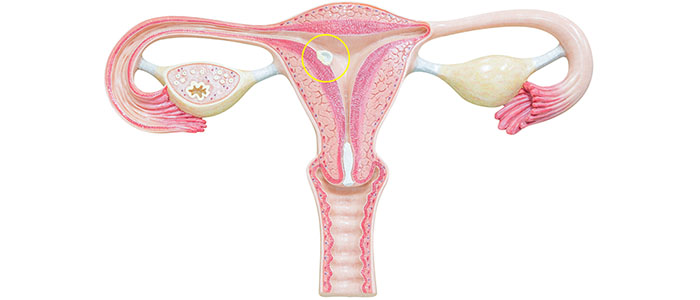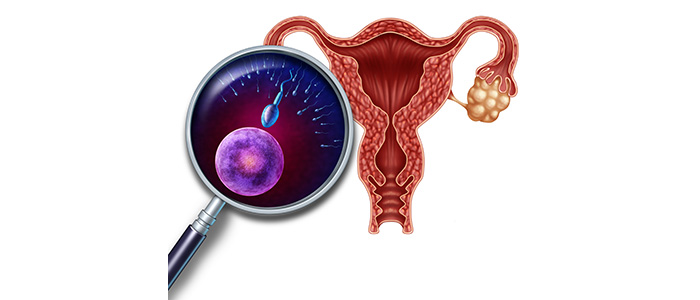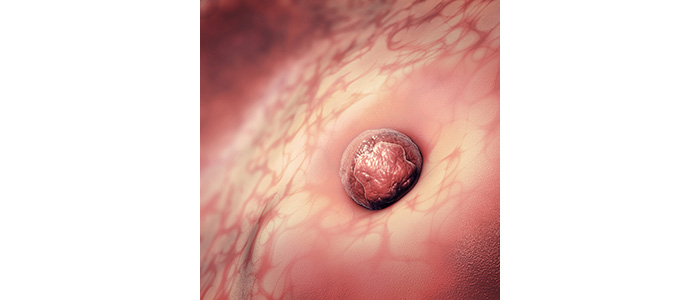Birth Control pills and IUDs can cause early abortions.
How do birth control pills work?
- Prevents ovulation most of the time but not all of the time. Sometimes a woman still ovulates.
- Birth control pills thin the uterine lining. So if a women does ovulate while on the pill and the egg is fertilized creating a new life, this new human life may die without a women knowing. When the uterine lining thins it makes it difficult for a new human baby (called a zygote or embryo) to attach to the lining of uterus (womb) where the baby lives and grows during pregnancy. This process is called implantation**. Something that prevents implantation causes an early abortion because it ends the life of a new human being.
- The birth control pill can thicken the cervical mucus, which makes it harder for the sperm to reach the egg. In the event that sperm does reach the egg and fertilization occurs, the birth control pill slows the movement through the fallopian tube so that it makes it harder for the newly formed human to make it into the uterus to implant. This is another way the birth control pills can cause an early abortion.
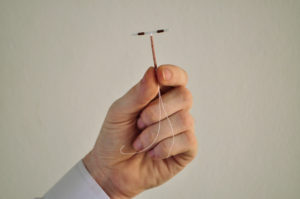
IUDs cause an early abortion.
What is an IUD? It is a T shaped device that is inserted inside the uterus.
There are two main types of IUDs. One is made of copper (Paragaurd) and one is not copper but has a hormone coating. It is called Mirena.
The main way the IUD works is to prevent implantation by causing changes to the lining of the uterus. The IUD causes the uterine lining to become too thin and unhealthy so it cannot support a new human life. When the uterine lining is thin or unhealthy, a new human life cannot attach to the lining to grow and develop and thus it dies. This is an early abortion, so the IUD is an abortifacient. *** An abortifacient is a drug that causes an abortion.
Paragard (copper IUD) package insert says under clinical pharmacology: “possible mechanism(s) by which copper enhances contraception* efficacy includes interference with sperm transport and prevention of implantation.”** [astrisk and bold print added for clarification –see definitions below]
The Mirena IUD mainly works by preventing implantation (attaching to the wall of the uterus). If the new human being can not implant or attach to the uterus, he or she cannot get nourishment to grow and then dies. The Mirena also has a coat of a synthetic progestin called Levonorgestrel. This is an artificial hormone that the body does not normally make. This hormone can sometimes prevent ovulation, but over time it prevents ovulation less and less. So the main way the IUD works is by preventing the new human being from attaching to the uterine lining. (This is called implantation**).
Mirena’s package insert says (under Clinical pharmacology): “in a one year study approximately 45% of the menstrual cycles were ovulatory and in another study after 4 years 75% of cycles were ovulatory.” Ovulatory means an egg was released (ovulation occurred) so fertilization may also occur. Thus the primary mechanism of action is not preventing ovulation.
Mirena causes an “ alteration in the endometrium.” **** [bold print added].
In summary, the word endometrium means the lining of the uterus. The Mirena IUD changes the uterine lining hormonally and causes it to thin. These changes prevent implantation or attachment of the new human being.
Helpful Definitions:
Embryology: The science concerned with the formation, early growth, and development of living organisms. (Webster’s II New Riverside University Dictionary, page 427)
Conception: The formation of a zygote capable of survival and maturation in normal conditions. (293)
Contraception: Something that prevents the sperm and the egg from uniting. Hormonal birth control sometimes acts as a contraceptive but it sometimes acts as an abortifacient. It is impossible to know by which mechanism it is working on any given month.
Fertilization is when the egg (also called oocyte) from the women and the sperm (also called spermatozoa) from the man unite together to create a new human life. The medical term used for this new human being is called a zygote or embryo. This is a quote from a book on Embryology. Embryology is a science that studies the development of a human being.“ The development of a human being begins with fertilization, a process by which the spermatozoon from the male and the oocyte from the female unite to give rise to a new organism, the zygote.” (Langman’s Medical Embryology by T. W, Sadler page 3)
The new human being (Zygote/Embryo) is genetically unique. He or she has a new set of genes, half from his/her mother and half from his/her father. No new genes are added after this point. The sex of the zygote is determined at this point. During the rest of the 9 months, the baby will develop and grow in size, but has the same genes it started with at fertilization. Another name for fertilization is conception.
After fertilization, the new human being travels in the fallopian tube and implants in the uterus ( womb), so he/she can get nourishment to grow. In order for implantation to occur the uterine lining must be healthy and thick enough to support the new human life.
**Implantation: When the new human being (Zygote/Embryo) attaches to the wall of the women’s uterus. This occurs about 5-7 days after fertilization.
***Abortifacient: A drug or agent that causes an abortion. Preventing Implantation is an early abortion. So anything that prevents implantation causes an abortion.
Abortion: 1. Induced termination of pregnancy before the fetus is capable of independent survival. 2. A fatally premature expulsion of an embryo or fetus from the womb. (67) Due to the change of laws this definition is incorrect in saying the fetus is unable to survive independently. Even fully developed babies capable of survival are now aborted in the United States
Endometrium: The mucous membrane lining the uterus. (431)
Fetus: The unborn young of a viviparous vertebrate, in humans, the unborn young from the end of the eighth week to the moment of birth. (474)
The American College of Obstetricians and Gynecologists (ACOG) changes the definition of pregnancy. Find out why.

